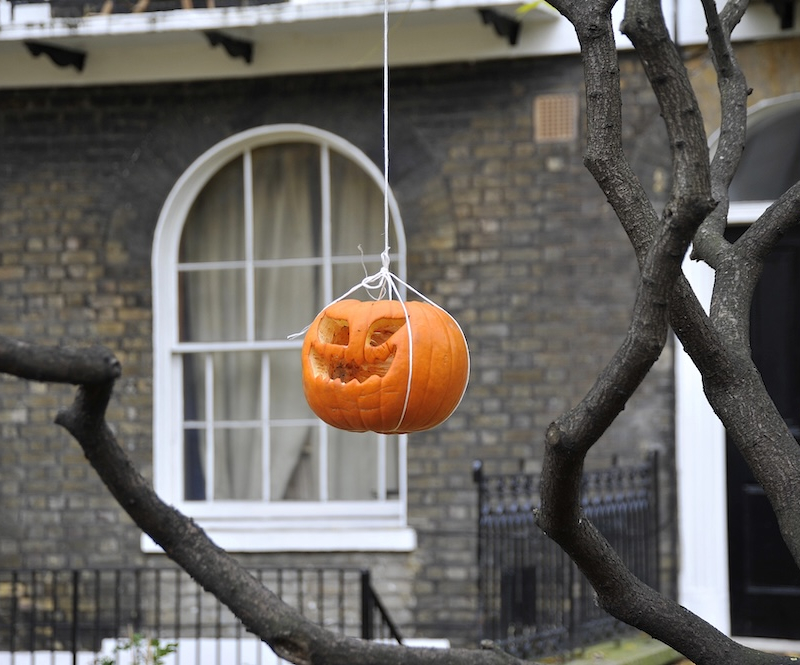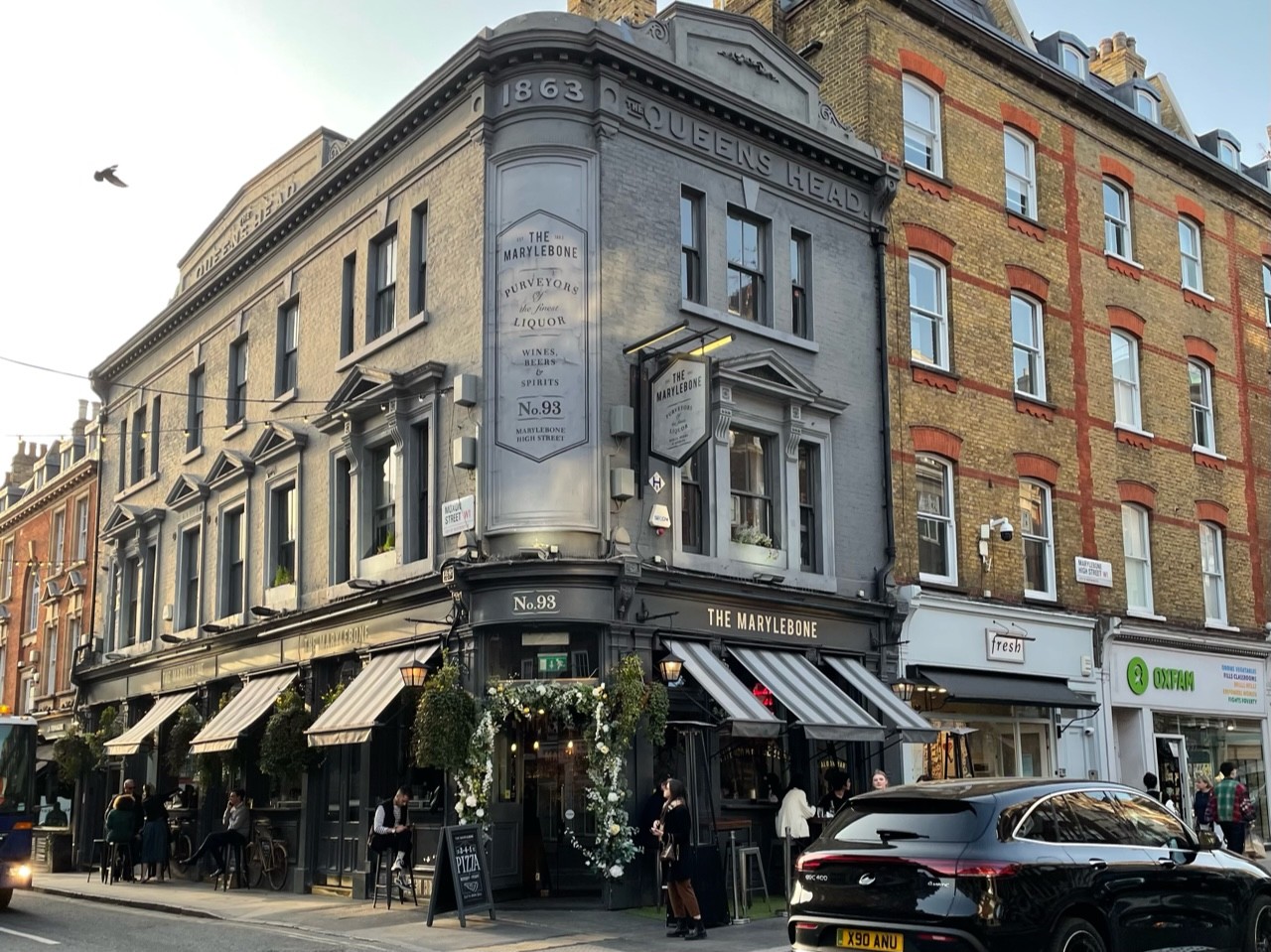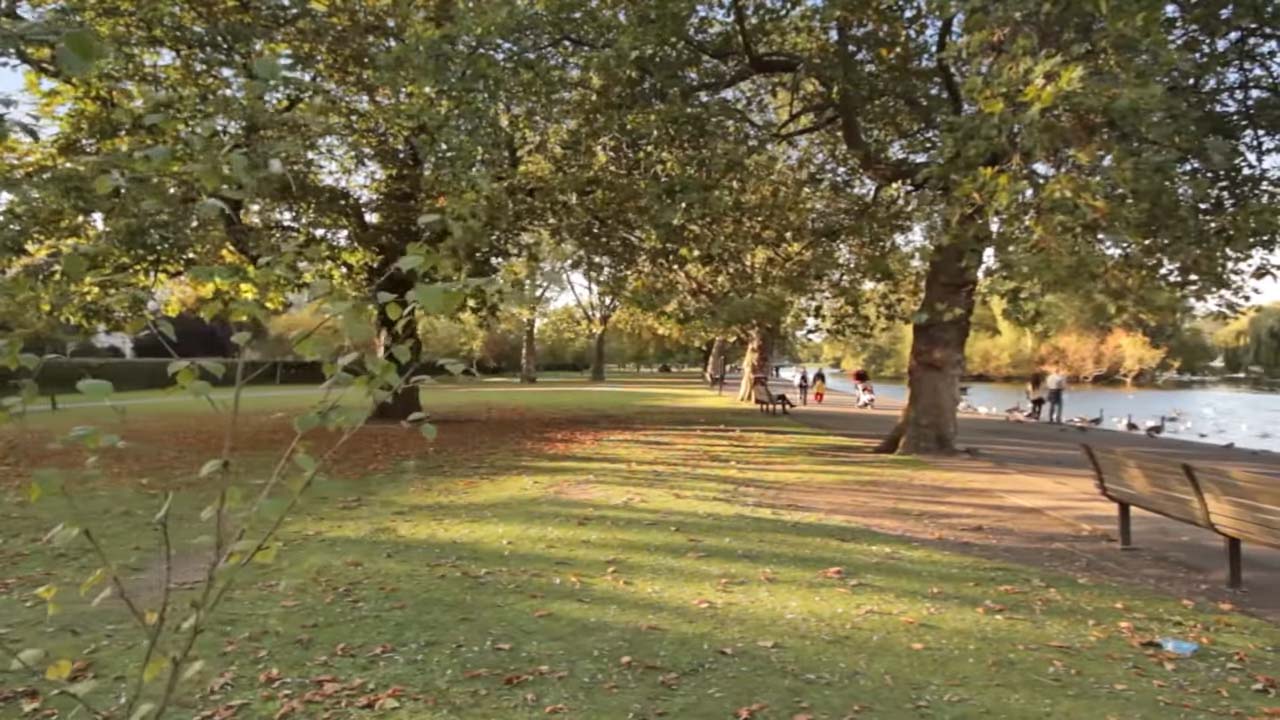
Halloween Special: Historic Properties and Their Stories
London’s most prestigious neighbourhoods harbour centuries of fascinating—and sometimes chilling—history that continues to captivate property buyers and investors today. In central London, the capital’s most desirable addresses offer more than just prime postcodes; they provide properties steeped in stories that span from medieval times through to Georgian grandeur and Victorian literary salons.
In celebration of Halloween, we explore how historic character enhances both the appeal and value of luxury properties in these three exceptional neighbourhoods.
Marylebone: Georgian Elegance with Gothic Tales
Marylebone’s tree-lined streets showcase some of London’s finest Georgian architecture, where neoclassical terraces command premium prices for good reason. These magnificent townhouses retain original features that modern developments simply can’t replicate: soaring ceilings with elaborate cornicing, perfectly proportioned sash windows, and marble fireplaces that have warmed generations of residents.
The area’s medical heritage is particularly evident on Harley Street, where former consulting rooms in Grade II listed buildings now serve as exceptional residential spaces, their period details meticulously preserved. Nearby, the tranquil green space of Paddington Street Gardens, once the Marylebone Burial Ground, reminding visitors that much of Marylebone is built upon centuries of hidden, spectral stories.
Yet beneath this refined elegance lies a darker history. The site of the old Marylebone Workhouse, immortalised in Charles Dickens’ writings, has been transformed into modern residences, while the atmospheric cellars of historic coaching inns whisper of centuries past. For discerning buyers, these Georgian architectural features—from original shutters to geometric floor tiles—represent more than just aesthetic appeal. They’re a sound investment in areas where authentic period character consistently adds value.

Fitzrovia: Bohemian Heritage in Victorian Splendour
Fitzrovia’s evolution from working-class district to sought-after address is written in its architecture. Charlotte Street’s Victorian mansion blocks, once home to struggling artists in draughty studios, have been transformed into luxury apartments that retain their soaring ceilings and generous proportions.
Fitzrovia, though a chic and modern London district, holds a surprisingly dark past, with several locations rumoured to be haunted. One prominent local theatre, built on the site of both a former hospital and a brewery accident in the 1800s, is a hotbed of paranormal activity, and just nearby, the former Middlesex Hospital Radium Wing on Nassau Street was long said to be haunted by the spirit of a nurse in a grey uniform.
Bloomsbury: Intellectual Charm with Georgian Grace
Adding to the Bloomsbury’s eerie reputation is the nearby Langham Hotel, where guests in Room 333 have supposedly encountered terrifying apparitions. Even the halls of academia are not spared, as University College London is rumoured to be stalked by the ghost of its benefactor, Jeremy Bentham, whose auto-icon is still kept on display.
South of Bloomsbury, in Covent Garden, past ghost stories include the famous “ghost” of murdered Victorian actor William Terriss, often seen in and around the Underground station

Soho: Medieval Origins to Modern Luxury
Soho’s layers of history run deeper than perhaps any other central London neighbourhood. While known today for its vibrant energy, the area’s residential streets hold remarkable stories from earlier centuries. Greek Street and Dean Street retain 17th and 18th-century townhouses where notable residents once lived.
The area’s darker history adds to its mystique. Medieval plague pits lie beneath modern developments, while Soho Square’s gardens conceal centuries of secrets. The famous Broad Street cholera outbreak of 1854, investigated by Dr. John Snow, marked a turning point in medical history.
The spirit of show business in Soho also endures at the legendary Windmill Theatre, which remained open during the Blitz; it is allegedly cursed, with the ghosts of wartime performers and soldiers who sought refuge there still making appearances.
On Wardour Street, the hub of the film industry, a mischievous poltergeist has reportedly tormented office workers for decades, causing lights to flicker and objects to fly. Even a pint isn’t a peaceful affair, as pubs like the John Snow on Broadwick Street are said to be haunted by an unknown man who scowls from a corner, solidifying Soho’s reputation as a playground for both the living and the dead.
The Investment Value of History
Period properties and homes in iconic locations consistently command premiums for a host of compelling reasons, making them the perfect investment. Original architectural features—like authentic sash windows, decorative cornicing, period fireplaces, and cast iron railings—can’t be found in new builds.
The scarcity value of genuine Georgian and Victorian properties in conservation areas, combined with the international appeal of owning a piece of London’s history, ensures strong long-term appreciation. These homes offer something beyond bricks and mortar: they provide a story, and a connection to centuries of London life.
Whether you’re drawn to Marylebone’s Georgian refinement, Fitzrovia’s artistic heritage, or Soho’s rare residential opportunities, these locations offer more than just exceptional properties—they offer a chance to become part of London’s living history. Ready to start your property search? Contact Hudsons Property for expert advice and guidance.





